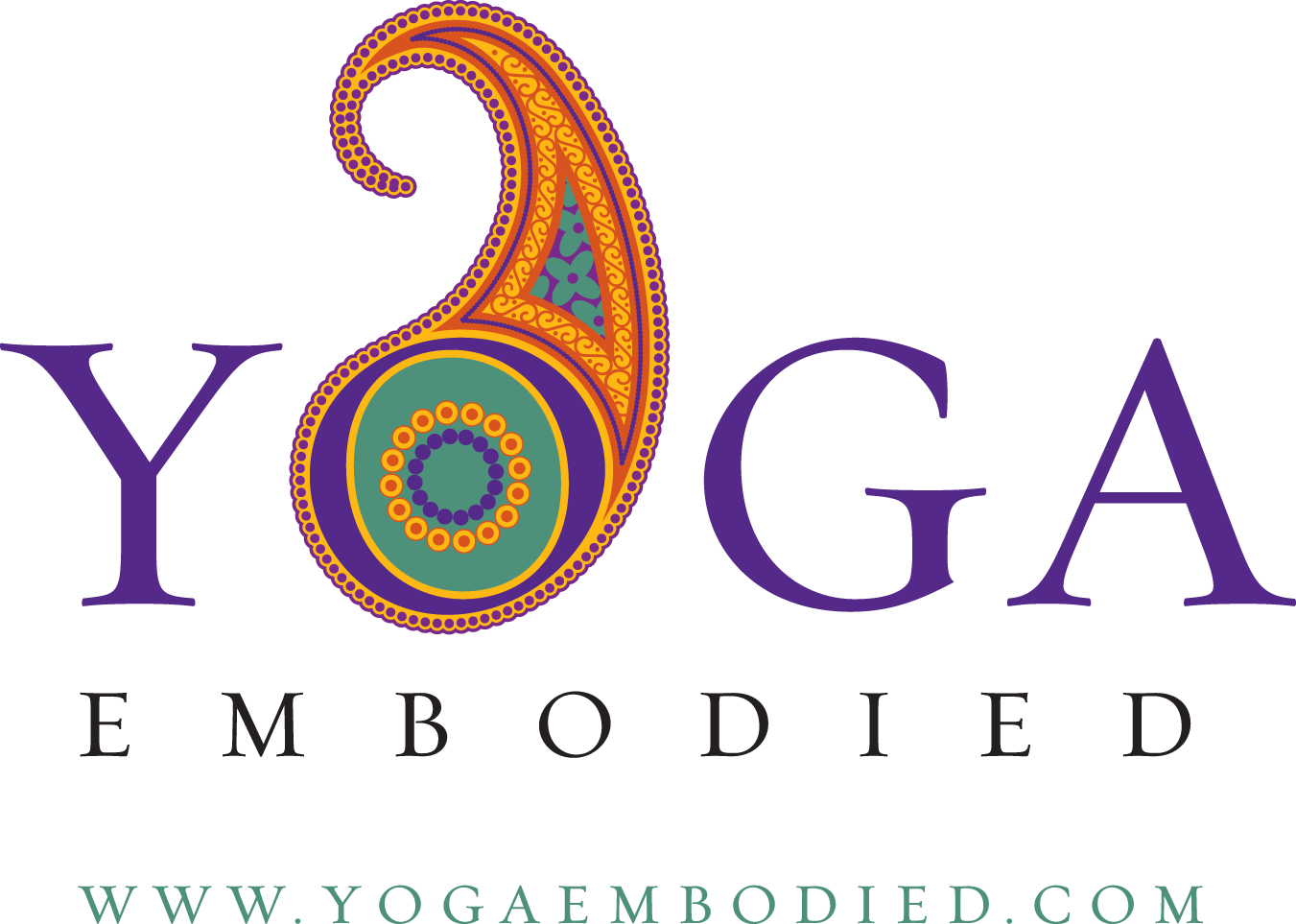How should I breathe when I practise my pelvic floor practise or Kegels?
This is a big question and there are so many opinions:
Should you engage the pelvic floor as you exhale – or when you inhale?
Well, I teach both. And sometimes we “hold the Kegel” as we breathe for endurance. Sometimes we focus on relaxing and releasing tension whilst we breathe slowly and relaxed. Exploring different variations is helpful to get to know how we move our pelvic floor, our strengths and weaknesses.
This is what I share in my yoga classes, with clients and on my online pelvic awareness course sacredpelvis.com. It’s important to get educated, understand how your own body responds and create balance where there may be imbalances.
The physiological breath
When we inhale the lungs expand in all directions. You may also feel and see the expansion of the abdomen on the in-breath as the respiratory diaphragm expands. This is reflected at the pelvic floor too. The pelvic diaphragm expands as we inhale.
So the question is: Do you breathe properly?
Check out how your pelvic floor moves on the breath like this:
Cup your hand gently over your vulva/pelvic outlet and feel the breath. Inhale into your hand/vulva feel the expansion. Exhale the pelvic floor moves slightly back away from your hand.
Watch it move. Get your mirror out and see the movement of the perineum/pelvic floor expand on the inhale and move inwards toning up on the exhale.
It’s a natural expansion on the inhale and tone when you exhale.
The sigh and release of breathing out
I also love the sense of release and letting go with a big sigh, a long exhale or sounding the out-breath.
Here imagine the engagement and tone of the pelvic floor on the in-breath and relax, let go and release on the exhale.
This is something often taught in prenatal yoga but it’s not exclusive to pregnant women at all. The reason it’s often used in pregnancy yoga is to encourage the opening and stretching of the pelvic floor as we exhale. The exhale can be slow, relaxed and a release during childbirth. This is why we encourage the exhale of letting go and softening in prenatal yoga.
However, this is also a more energetic release. Just think of a deep sigh, growling or sounding your breath when exhaling. There is something incredible releasing with that out-breath.
Ayurveda and the moving of Prana
In Ayurveda, we connect the exhale with Apana Vayu. This is the downward movement of Prana, our vital energy. Apana Vayu is associated with the pelvis and down through the legs. It’s responsible for childbirth, menstruation, urination, bowel movements and ejaculation. Some Daoist traditions also have this sense of releasing and softening on the exhale.
Now it’s your turn. How does it feel for you? Try both ways. In the sacredpelvis.com online course, we explore both – to get all the benefits.
For me, there is no right or wrong. Both are correct and much is about your intention. And remember to practise both slow and quicker movement. Know that you can keep relaxing whilst you breathe, that you can keep engaging for several breaths to enhance endurance and also practise the quick twitch muscle fibres by pulsating super quick too.
Play around and enjoy!
